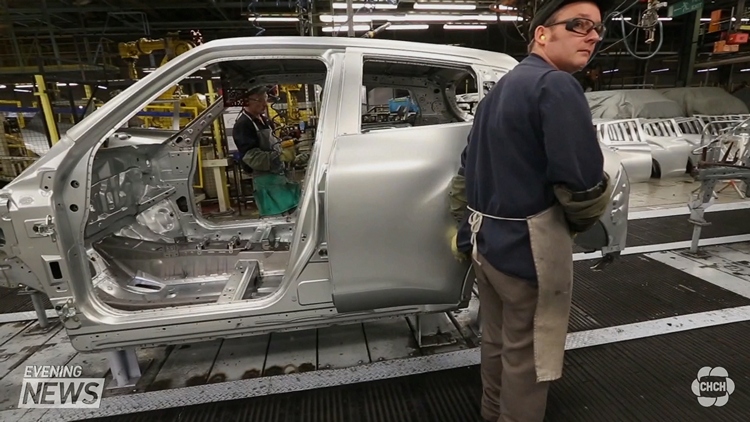
LATEST STORIES:


[projekktor id=’21808′]
It’s billed as the largest trade zone in history, and negotiations on a Trans-Pacific Partnership had been kept secret – until now. This week, details of the agreement were released.
The trade deal involves 12 countries: Canada, the US and Mexico in North America.
In South America: Peru and Chile.
Across the Pacific: Japan, Vietnam, Malaysia, Brunei Darussalam and Singapore.
And to the South: Australia and New Zealand. Collectively, the 12 countries involved combine for a market size of 800 million people and a gross domestic product over 28 trillion dollars.
Phil Perkins spoke to several industry experts to find out how this deal would affects us.
At its core, the TPP is important to Canada. Nick Bontis is a professor at The DeGroote School of Business. “The only way we survive in the long run, especially with the middle class in terms of increasing their prosperity is to trade with other countries.”
On exports to other nations on the Pacific Ocean, Ontario averaged $149 billion annually between 2012-2014. That number is set to rise thanks to the deal but like all trade deals there is give and take.
Greig Mordue is the ArcelorMittal Dofasco Chair in Advanced Manufacturing Policy at McMaster University. “Autoparts manufacturers in Ontario specifically are worried because the amount of domestic parts is going to go down to 35% that means 65% could from cheaper places like China, which concerns people locally here in Hamilton because we provide automotive parts for the auto sector. Parts have come into Canada from anywhere in the world at 0% since 2001 and most of the content is from North America. But some of the content will come from Japan or other jurisdictions and that hasn’t devastated the industry in the last 15 years, and it’s unlikely TPP will put a dark cloud over the industry going forward.”
There are safe guards for the dairy industry. The Canadian government promises to spend $4.5 billion to off-set the 3% increase of imported dairy. But that hasn’t stopped agricultural economists from worrying about the deal at a molecular level.
A group that will definitely benefit are cattle farmers, especially if they’re doing business in Japan. The trade deal would wipe out the 38.5% tariff on all exported beef to the land of the rising sun.
But the deal isn’t official until at least six countries making up 85% of the zone’s economy agree on the terms.
The new Liberal government says it’s examining the deal.
Editor’s Note: This article was updated November 18, 2015 to correct Mr Mordue’s title.